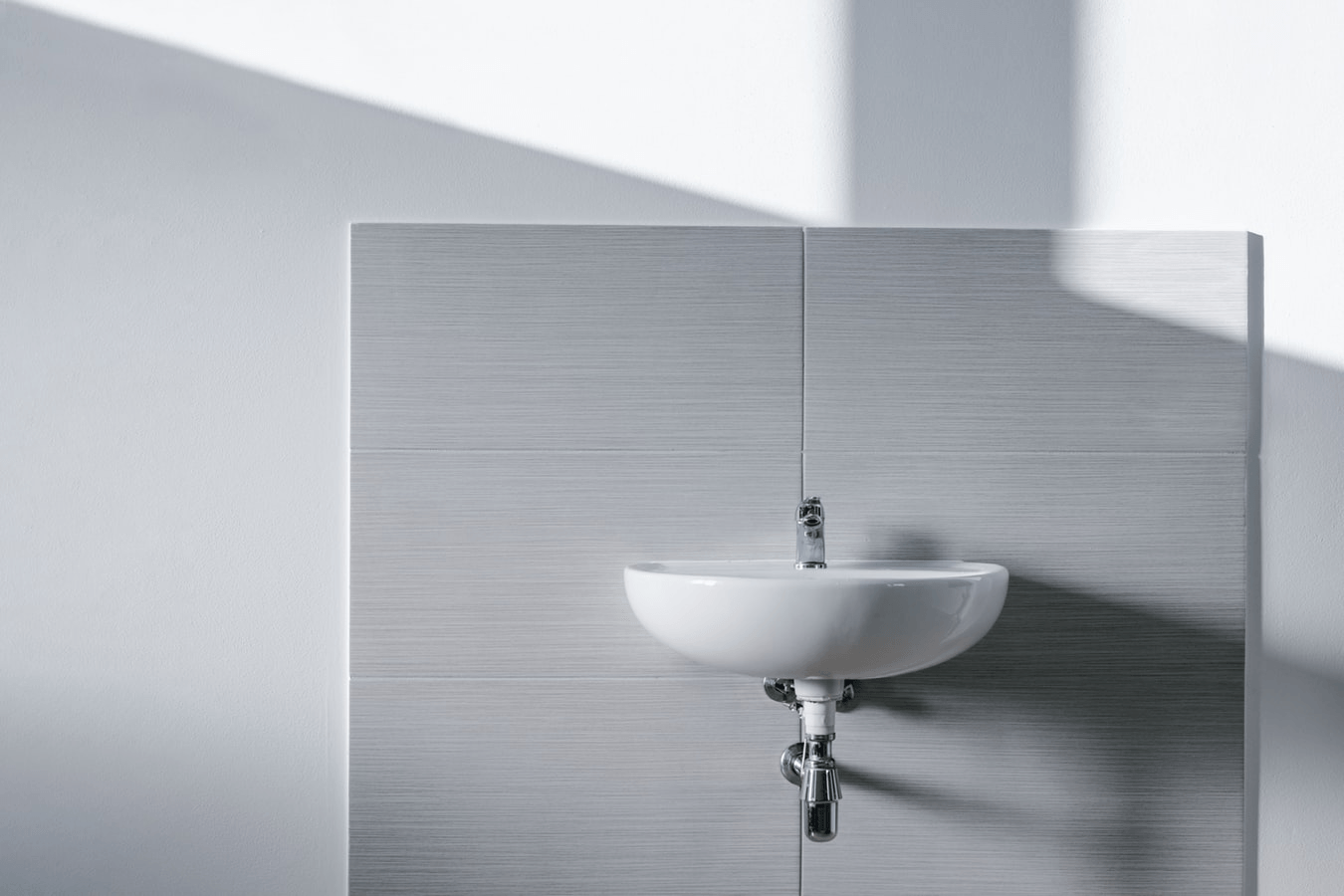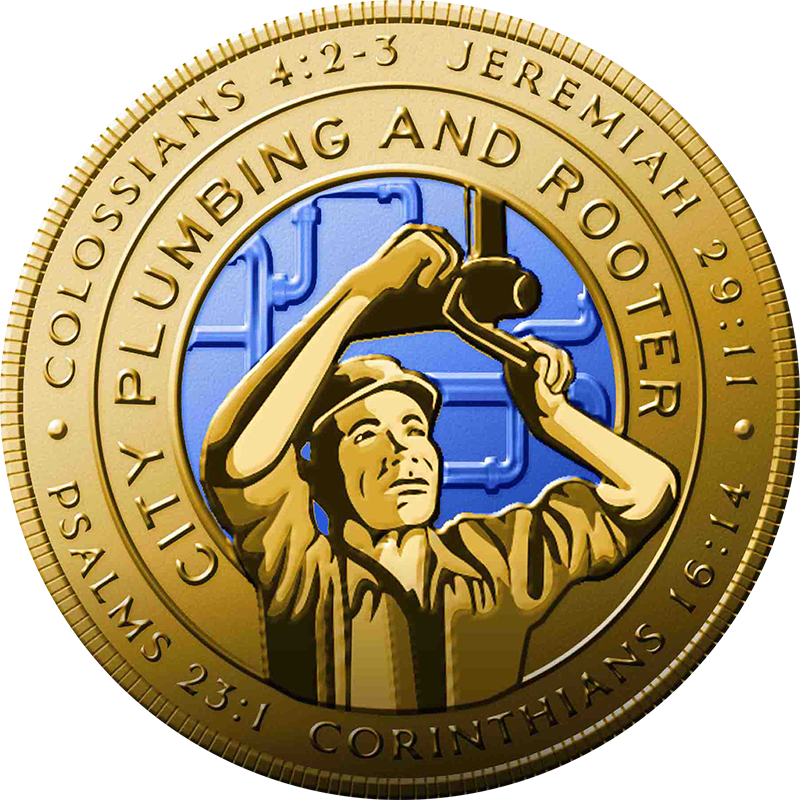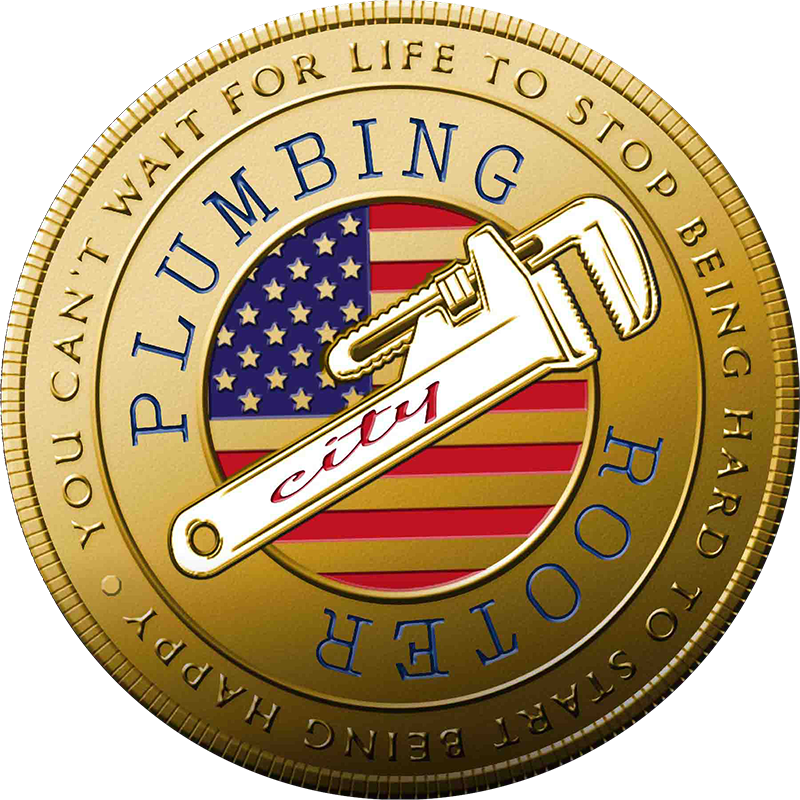5 DIY Plumbing Mistakes Everyone Can Make

Yes, we know that those nifty videos look really nice and make you want to try out all kinds of DIY projects, but here’s a pro tip: never take the DIY route when it comes to plumbing issues.
Because if you do, you’ll only make the problem worse.
We aren’t here to discourage you, but with over 20 years of experience in the field, we’ve seen it all: hordes of people who have come to us after trying to ‘fix’ a plumbing issue, especially when it comes to rough-in plumbing stages.
Of course, if it’s something small—such as replacing a tap—sure, you can try your hand at it. It’s the bigger fish we’re concerned about here.
Here are a few rookie plumbing-related mistakes people make.
Thinking DIY Will Save You Money
One of the most common motivations people have for not contacting a local plumber when tending to, say, a leaky pipe themselves, is this: they think it might save them money. If you take care of yourself, you won’t have to pay a plumber, right?
In theory, yes. But there’s a reason the plumbing profession exists and is so specialized. There are things we are trained to do and things we’ve been doing for the past many years. Most laypeople who do end up going with DIY learn only too late that they’ve messed up. And once they have, the repair and replacement costs also increase. From rough-in plumbing mistakes to finishing errors, we have seen it all!
In the end, you wouldn’t have saved any money—but wasted twice the amount on trying to save some.
What Can Be so Difficult About Replacing a Toilet?
Nothing, except for (a) turning all the water lines off and (b) emptying the toilet of all the water in it. Sounds pretty easy right?
That’s as long as you have a new toilet that will fit exactly where your old one was—and that is seldom the case.
If your house was made long ago, it would have a rough-in of 10–14 inches, whereas modern toilets are manufactured for modern homes—that have a 12-inch rough-in. When people going the DIY route don’t find a toilet that fits their specifications, they move the drain—now that’s a project that’s both extensive and expensive.
Who’s saving money now, eh?
5 DIY Plumbing Mistakes Everyone Can Make
There are several DIY mistakes that several people make. Some of the most common mistakes include:
- Over-tightening Connections. One of the most common mistakes people make when attempting DIY plumbing repairs is over-tightening connections. While it's important to ensure that fittings and connections are securely fastened, over-tightening can actually cause damage to the pipes and fittings, leading to leaks or even a complete system failure.
- Using the Wrong Tools. Another common DIY plumbing mistake is using the wrong tools for the job. Attempting to use pliers or other common household tools in place of proper plumbing tools can damage pipes or fittings, causing leaks and other issues. Always make sure to use the appropriate tools and equipment for the job.
- Improperly Sealing Pipes. When repairing or installing plumbing pipes, it's important to ensure that all joints and connections are properly sealed. Failing to do so can lead to leaks and other problems down the line. Make sure to use the correct type of sealant or tape for the job, and follow the manufacturer's instructions carefully.
- Ignoring Local Plumbing Codes. Plumbing codes and regulations vary by location, and it's important to ensure that any DIY plumbing work is in compliance with local codes. Failure to do so can result in fines or even legal action, and may also compromise the safety and integrity of the plumbing system.
- Failing to Turn Off Water Supply.
Perhaps the most basic but potentially costly DIY plumbing mistake is forgetting to turn off the water supply before attempting repairs or installations. This can result in water damage or even flooding, and can be easily avoided by simply turning off the water supply before starting any work.
Contact City Plumbing & Rooter to Avoid Plumbing Mistakes
Avoid these and many more perfectly preventable hazards by ditching the DIY route and contacting us at City Plumbing and Rooter. We have amazing discount coupons for you and competitive rates, so don’t worry about the money! We serve Ventura County and surrounding areas for affordable plumbing Ventura.








